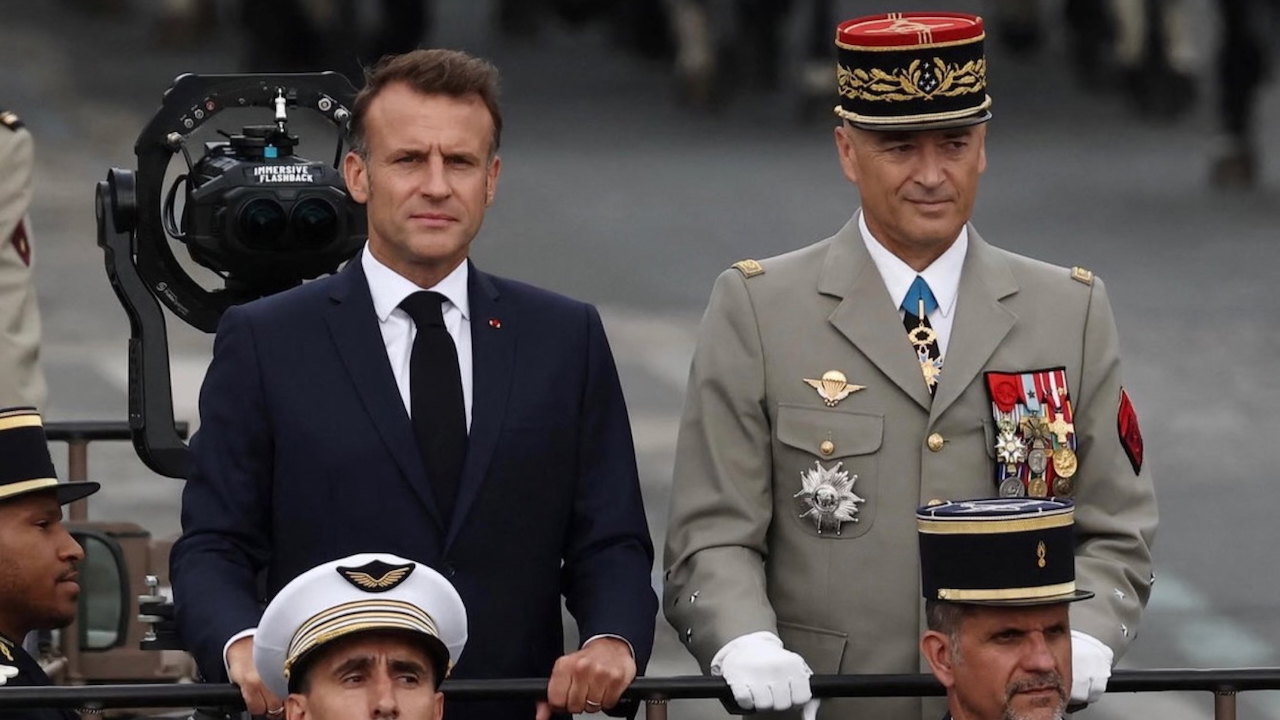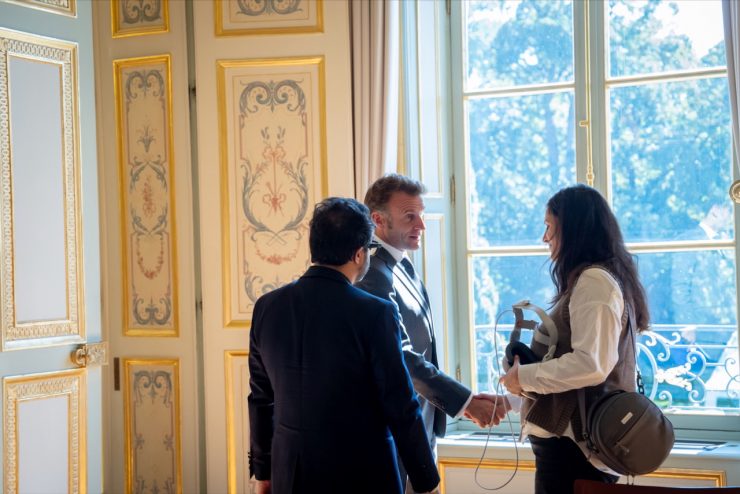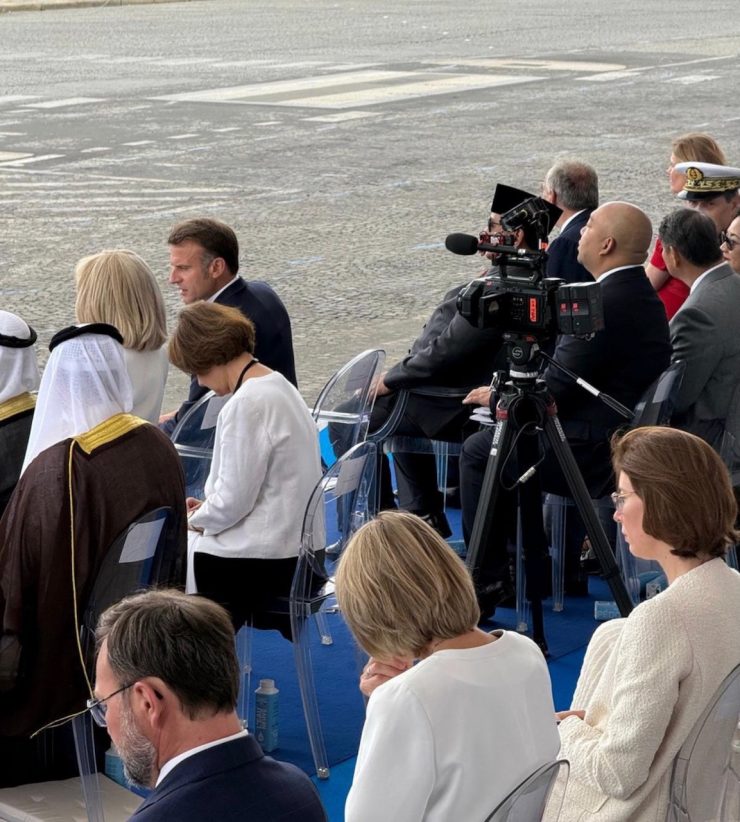Bastille Day captured with the Blackmagic Design URSA Cine Immersive

Bastille Day is one of France’s most recognizable national events, combining military parades, aerial flyovers, and state ceremonies watched around the world. For the first time, it was captured as an immersive film, allowing viewers to experience the celebration from the President’s side, using the Blackmagic URSA Cine Immersive digital film camera for capture and DaVinci Resolve Studio for post-production.
Immersive Flashback, a Paris-based studio specializing in immersive video, produced the film in Apple Immersive for Apple Vision Pro. From the Élysée Palace to the Place de la Concorde and down the Champs-Élysées in the command car, the project offered audiences a perspective normally reserved for heads of state. President Emmanuel Macron himself served as narrator, speaking directly to viewers and guiding them through the day.
“The concept was simple: to let the French experience Bastille Day as never before, right alongside the President,” said Director Frank-David Cohen. “Apple Immersive Video set the format, and Blackmagic’s workflow made it practical to deliver. Together they allowed us to take viewers inside places normally off limits, as if teleported into the scene.”

For Cohen, one moment captured what makes immersive video different. “The scene in the president’s office, right at the beginning of the film, drew us into an iconic place,” he said. “We waited as a clock chimed, the door opened, and the President entered and spoke to us. That feeling of realism was something no other format could provide.”
Achieving that sense of presence required preparation. Stabilization was crucial to avoid motion sickness, particularly with a camera mounted on the presidential command car. “We trialed several techniques with early access to the vehicle on a military base,” Cohen said.
Coordination with France Télévisions was also essential so the immersive rigs would not appear in the live broadcast seen by millions.
The pressure of presidential timings added to the challenge. “Previously immersive shoots meant staging carefully, because the workflows couldn’t handle surprises,” Cohen explained. “At the Élysée, we had to move straight from office interiors into daylight with no time to adjust. With Blackmagic RAW we could keep rolling, knowing those transitions could be managed in post without breaking the workflow.”

Earlier immersive projects had been more complex. No single camera could deliver the resolution required for Apple Vision Pro, forcing producers to patch together systems and rely on AI upscaling. “With the URSA Cine Immersive and its DaVinci Resolve workflow, capture was native and the process was almost as simple as 2D,” Cohen said.
Audio was also treated as part of the immersion. Each camera carried an ambisonic recording to match the viewer’s perspective, supported by traditional microphones for voices or effects further away. “The camera became both our eyes and our ears,” Cohen said.
Post production was completed in DaVinci Resolve Studio, combining editing, grading, and spatial sound in one environment, with the final sound mix carried out by Studio 31dB, a team specializing in spatial audio. “Resolve’s integration meant we could handle everything in one place. Fairlight gave us spatial mixing at a level sometimes better than dedicated tools,” Cohen noted.
For Cohen, it highlighted how immersive video could extend into culture, entertainment, and beyond. “Apple Immersive Video isn’t here to replace cinema but to stand as a new format in its own right, capable of delivering emotions no other medium can,” he concluded.
The film was first presented to the public during the European Heritage Days, and is now available for viewing on Apple Vision Pro at the Maison Élysée.
Credits
- Produced by Sixtine Rose
- Directed by Frank-David Cohen
- Director of Photography Pierre Brunon
- Steadicam Operator Cédric Autier
